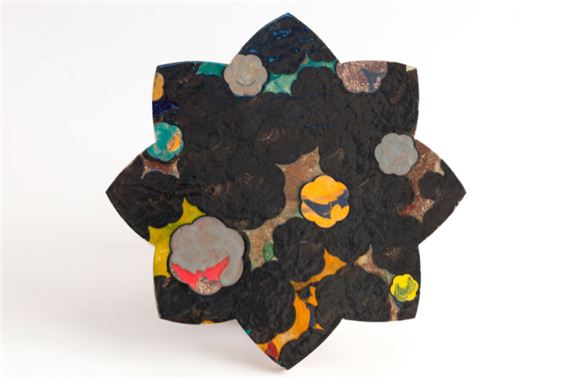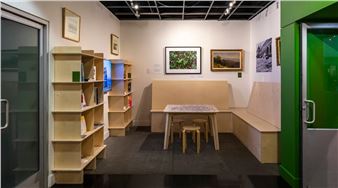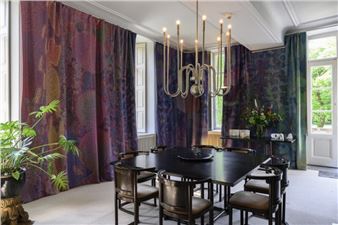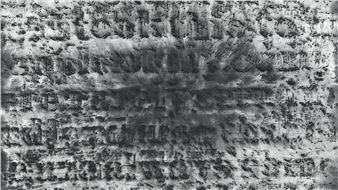Sanam Emami: Reimagining the Silk Road
Harvey Preston Gallery is pleased to announce Reimagining the Silk Road a solo exhibition by ceramic artist Sanam Emami. EmamiвҖҷs work focuses on the intersection of cultural identity and historical imagery to create intimate objects for the space and scale of the table. This new body of work shifts the context from the table to the wall and the shelf or pedestal вҖ” from intimate objects to be held in oneвҖҷs hands towards larger ceremonial vessels and tiles that will be displayed in groups.
The works presented here are a contemporary view on the exchange of ideas and materials between the Middle East, Europe and Asia that emerged along the trading routes of the Silk Road. From the tri-colored wares of the Tang Dynasty in China to the blue and white tulip vases in 18th century Holland вҖ” the melding of influences in imagery reflect EmamiвҖҷs own experience as an Iranian American.
The vessel and the tile create a conceptual framework for the artist. There is an inherent contradiction in both that vacillate between their daily use and their ceremonial or decorative functions. This contradiction is one that Emami chooses to highlight rather than ignore, using it as a source of endless inspiration. The pots and tiles become a celebration of the artistвҖҷs curiosity and exploration into color, pattern, and presentation.

Recommended for you
Harvey Preston Gallery is pleased to announce Reimagining the Silk Road a solo exhibition by ceramic artist Sanam Emami. EmamiвҖҷs work focuses on the intersection of cultural identity and historical imagery to create intimate objects for the space and scale of the table. This new body of work shifts the context from the table to the wall and the shelf or pedestal вҖ” from intimate objects to be held in oneвҖҷs hands towards larger ceremonial vessels and tiles that will be displayed in groups.
The works presented here are a contemporary view on the exchange of ideas and materials between the Middle East, Europe and Asia that emerged along the trading routes of the Silk Road. From the tri-colored wares of the Tang Dynasty in China to the blue and white tulip vases in 18th century Holland вҖ” the melding of influences in imagery reflect EmamiвҖҷs own experience as an Iranian American.
The vessel and the tile create a conceptual framework for the artist. There is an inherent contradiction in both that vacillate between their daily use and their ceremonial or decorative functions. This contradiction is one that Emami chooses to highlight rather than ignore, using it as a source of endless inspiration. The pots and tiles become a celebration of the artistвҖҷs curiosity and exploration into color, pattern, and presentation.

 ARTISTS
ARTISTS
















